News about the Moustier inscriptions
The coded altar inscriptions of Moustier (Belgium) have puzzled for nearly 180 years. A new publication does not provide the solution, but some interesting information.
In the church of St. Martin in Moustier, Belgium, there is an exciting, unsolved crypto-mystery: two encrypted altar inscriptions created in the 19th century. Although these cryptograms have been on public display for generations, the crypto scene has only known about them since 2013, when British blogger Nick Pelling discovered an article about these inscriptions in an old issue of an NSA magazine. It was through his blog post on the subject that I first became aware of the Moustier altar inscriptions.
The church
Moustier is a district of the small town of Frasnes-lez-Anvaing in the Belgian province of Hainaut. The said church of St. Martin seems rather inconspicuous. I visited it in 2015.
I did not see any signs pointing to the altar inscriptions. Nor were there any brochures about it on display. Apparently, people in Moustier do not know that the church of St. Martin houses such an unusual enigma.
The two inscriptions are on side altars to the left and right of the main altar.
The inscriptions
The left altar (Mary’s altar) can be seen in the above picture, the right one (Martin’s altar) is hidden by the pulpit. The Mary altar is easily recognized as such. The coded inscription has been emblazoned here for 180 years without anyone deciphering it:
The inscription on the altar of Mary is not particularly large. Those who do not know it will hardly pay attention to it.
Here is a larger shot of it:
Nick Pelling has produced the following transcription:
L F E G K R V Q
Y P Z H N R L B D
M F ^ N V D [
N ^ P V J H M ^
L F N ^ [ B K P
—–
N C L X B P D W
R N [ C H Z R P
M D X R ^ P L N
H F ^ L D N X W
E N L V N D ^ P N
The next picture shows the altar of St. Martin:
This altar also has a coded inscription. The solution is also not known.
This is what the second inscription looks like in close-up:
Here is the related transcription by Nick Pelling:
J N L K B F P R
V M G H W H[
Q L S B N F HP
M G [ K H V R
^ L R N F S X V
—–
P F V B L P M R
R A [ G K T D
B N D F J V R W
L U B F P N I D
C [ T R ^ Q M
A new article about the inscriptions
A few days ago Nick Pelling announced on his blog that an article about the Moustier inscriptions has appeared in the Belgian science magazine EOS. The author is a journalist named Dirk Huylebrouck, whom I unfortunately do not know, but who has written some interesting things according to his website. The article is published in Dutch, here is an English translation.
The article contains some interesting information. In particular, Huylebrouck presents a few possible solutions for the cryptograms. Jarl Van Eycke, who might be known to readers of this blog as an excellent codebreaker, also has something to say. His abbreviated statement can probably be interpreted as follows: The statistical properties of the two texts argue against a simple substitution.
I was not yet aware of a theory linking the Moustier inscriptions to the Hail Mary cipher of Johannes Thritemius. This steganographic process encodes each letter of the alphabet with a Latin word that might appear in a prayer. A message is disguised as a prayer in this way.
In the case of the Moustier inscriptions, it could have been the other way around: Each letter of the cryptogram encodes a prayer word. Accordingly, the two inscriptions would be abbreviated prayers. This is an interesting hypothesis, which would have to be examined more closely.
Or does another explanation mentioned in the article make more sense? I will gladly accept comments on this.
If you want to add a comment, you need to add it to the German version here.
Follow @KlausSchmeh
Further reading: Die verschlüsselten Inschriften von Pisa (1)
Linkedin: https://www.linkedin.com/groups/13501820
Facebook: https://www.facebook.com/groups/763282653806483/

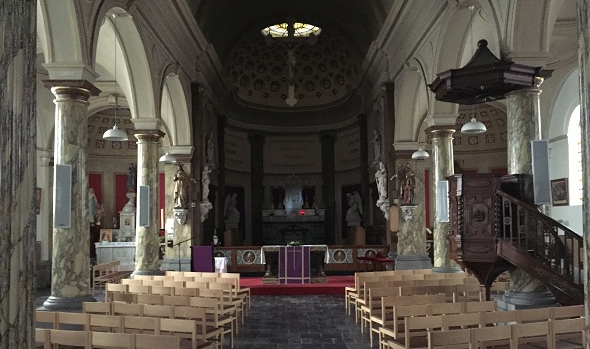
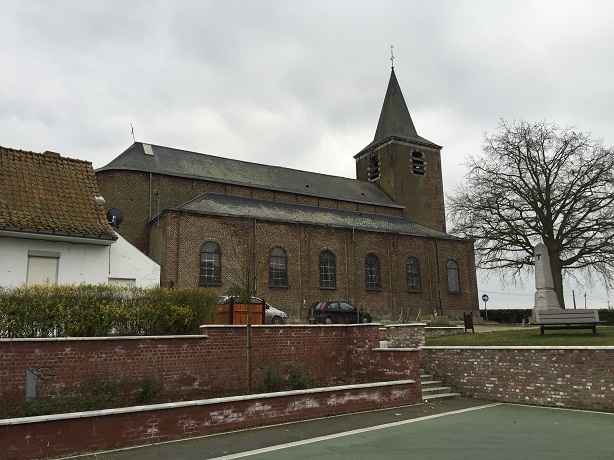
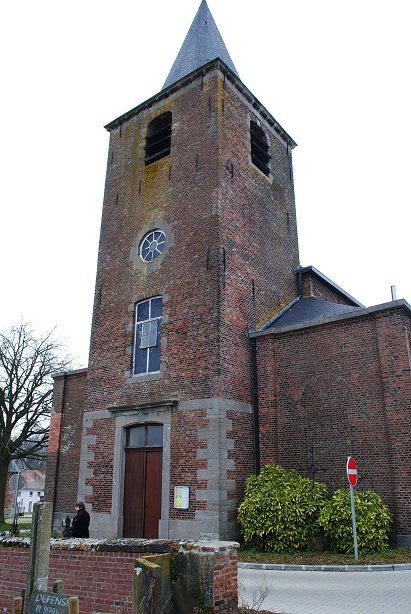

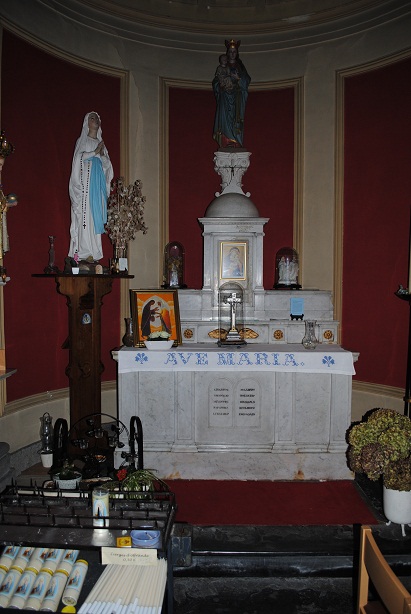
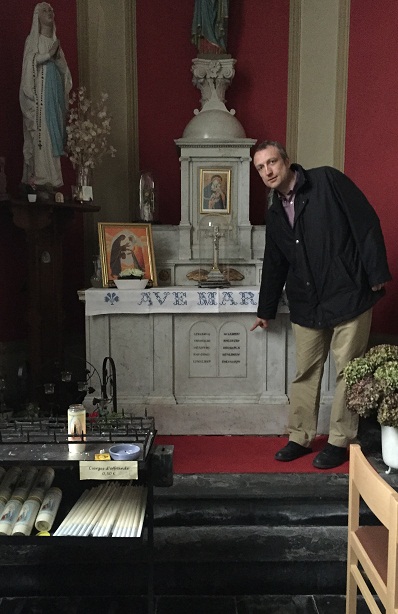
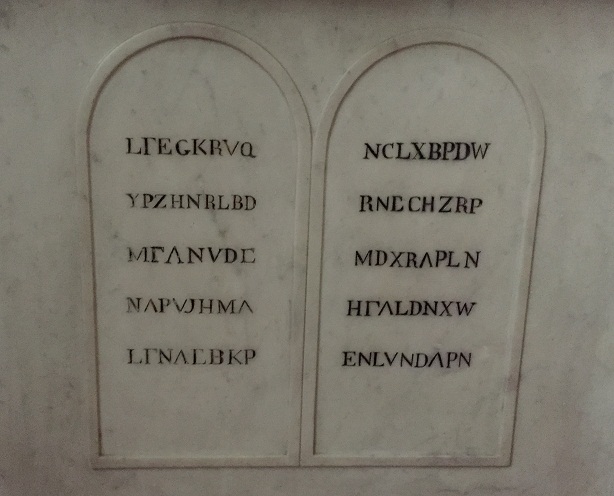
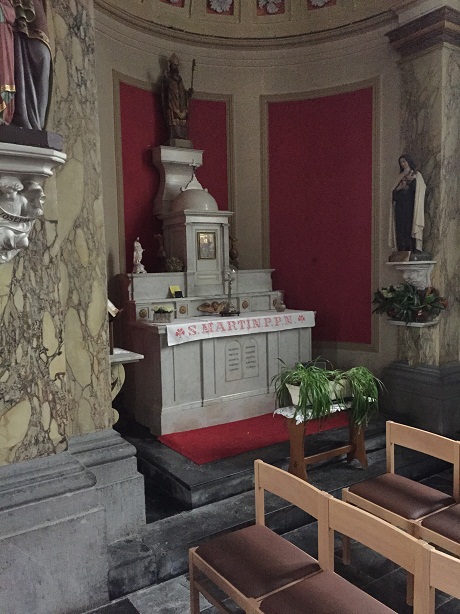
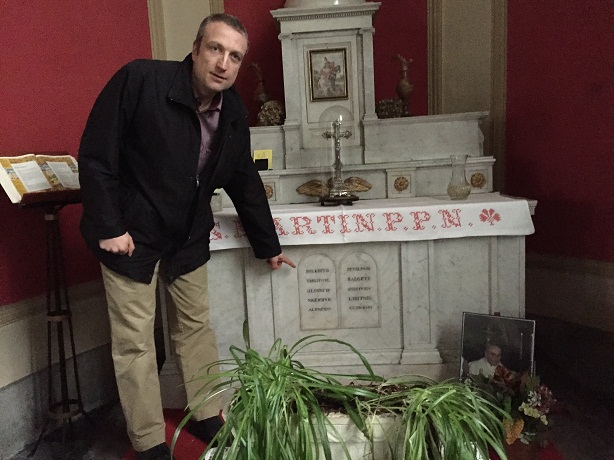



Letzte Kommentare